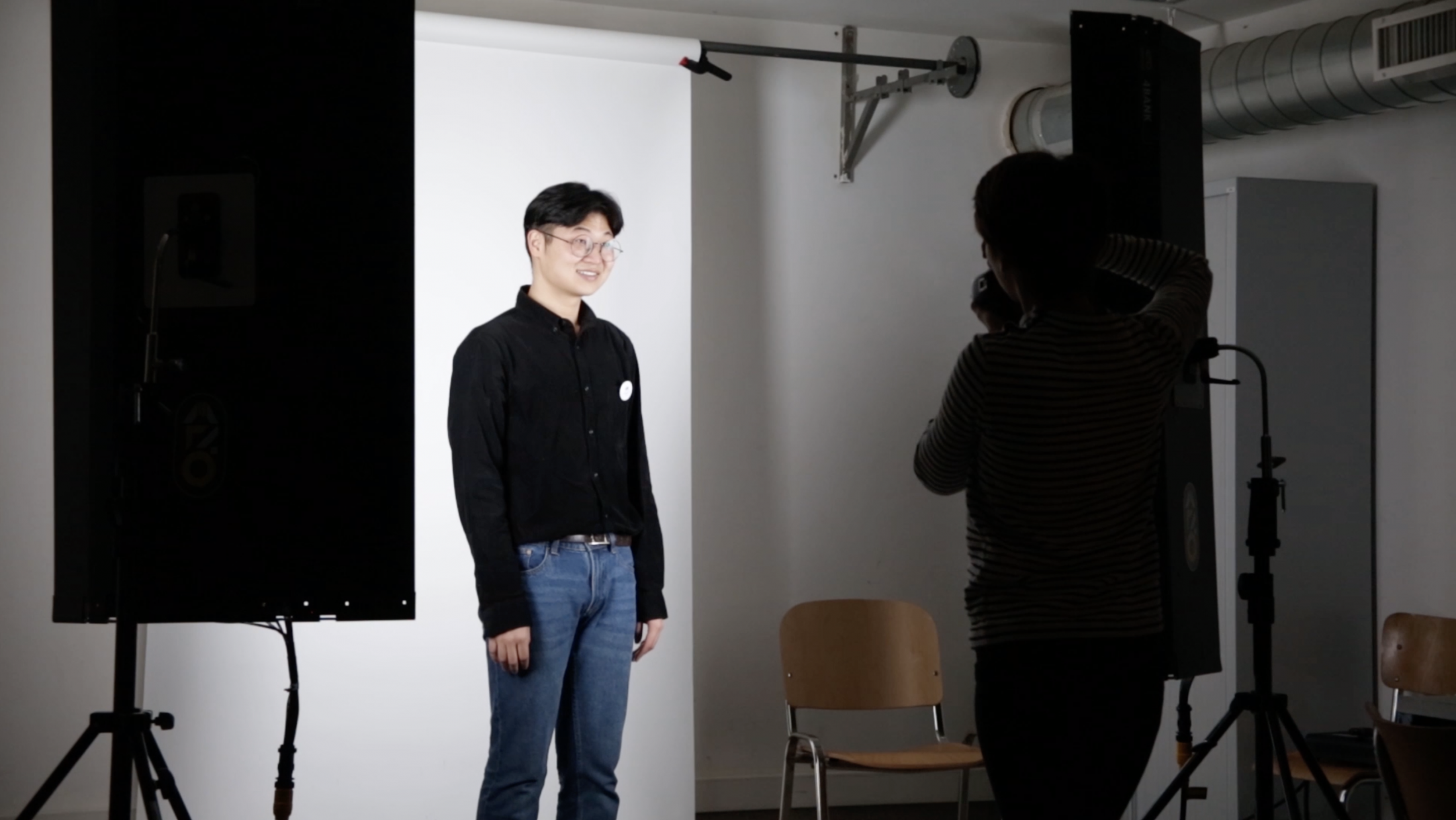Professionnalisation
The ArBA-EsA approaches the question of professional practice from several perspectives: one directly by confronting the demands and situations of professional environments, and the other by addressing the necessity of engaging with the public space (exhibitions, distribution, projects, partnerships).
The mission of art schools is to train artists, authors, and creators. This question is more complex than it seems. What does "professional" mean, and what skills are expected? Currently, it is clear that, in addition to this delicate mission, art schools also prepare students for a wide range of careers within the art world.
ArBA-EsA, with its hybrid approach to education, offers programs that combine "art" orientations with those where the professional aspect is more emphasized. Regardless of the focus of each program, the school aims to strengthen the connection to professional practice, engagement with professional worlds, and the relationship with the art world.
The school expresses its commitment to addressing the professional aspect in all its complexity. To this end, ArBA-EsA considers professional practice from multiple angles: one directly through confronting professional demands and situations (jury reviews, meetings, professional practice, internships), and the other by engaging with the necessity of openness to public spaces (exhibitions, distribution, projects, partnerships).
Thus, each program is a space for both pedagogical and professional openness. Encounters, guest interventions, off-campus projects, study trips, and international mobility programs allow for the deepening of education in constant connection with the demands of the professional world. Guest speakers, visual artists, professionals, and theorists actively participate in pedagogical moments, contributing to the curricula within the school. Projects with external partners are frequent (art centers, museums, production spaces, cultural and artistic venues, in situ projects, professional meetings, professional development days, etc.).
Thus, the relationship between art education and the professional world is embedded in the very structure of our school. In B3, a specific course is dedicated to the development of the student's portfolio. In Master's 1 and 2, students participate in a course on social and professional practice, which aims to prepare students to face the professional reality they have chosen. Understanding the artistic and professional landscape, presenting one's work through a portfolio and biography, managing financial and logistical aspects by creating budgets and timelines, are just a few of the topics covered in these courses, with the goal of providing students with the tools they need for life after school.
Similarly, the evaluation system for student successes is carried out by professionals from the art world: artists, professionals, curators, designers, critics, researchers, editors, lecturers, etc. During these moments of exchange and presentation, students have the opportunity to confront their work with the perspectives of professionals and receive their feedback.
In the Master's cycle, professional internships also allow students to experience real-world situations and immerse themselves in professional life related to their field of study.
All of these initiatives are designed to help students become aware of the opportunities available in their field of practice beyond the school environment.
